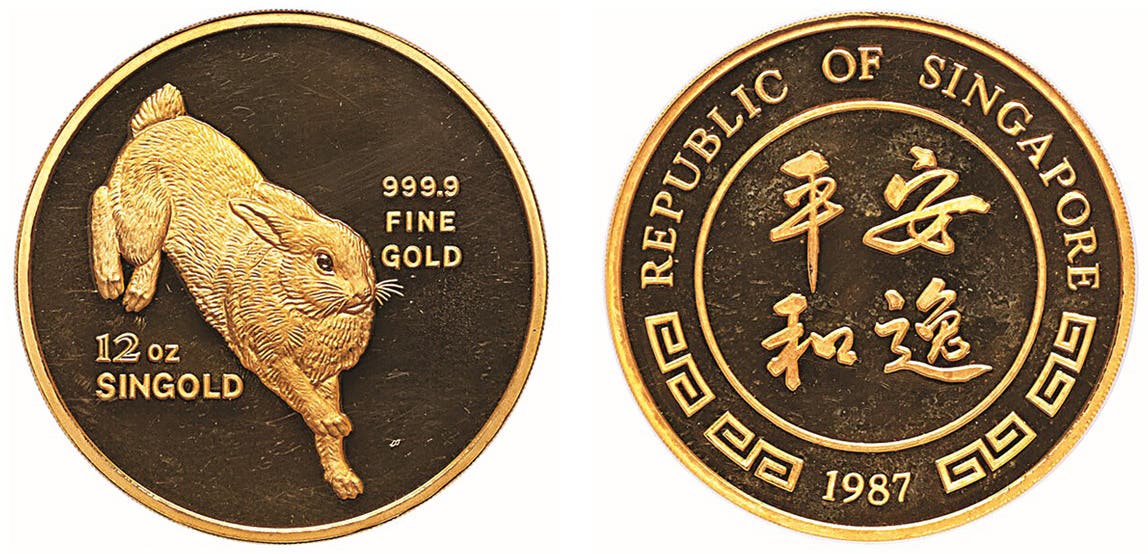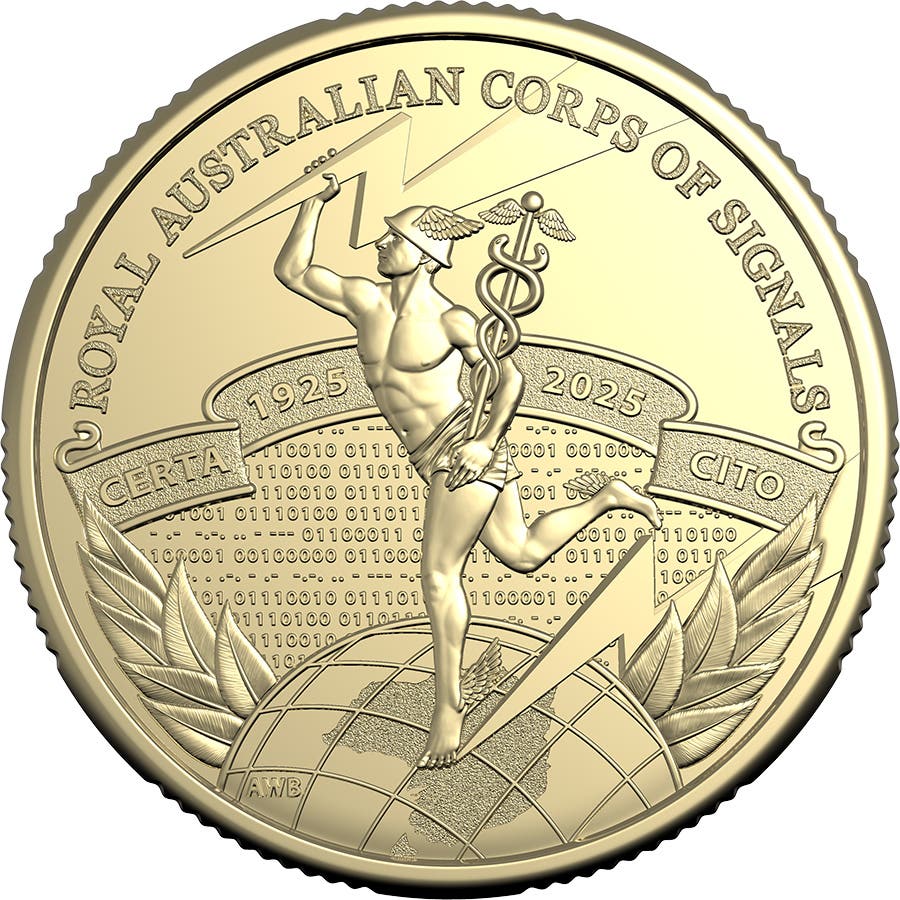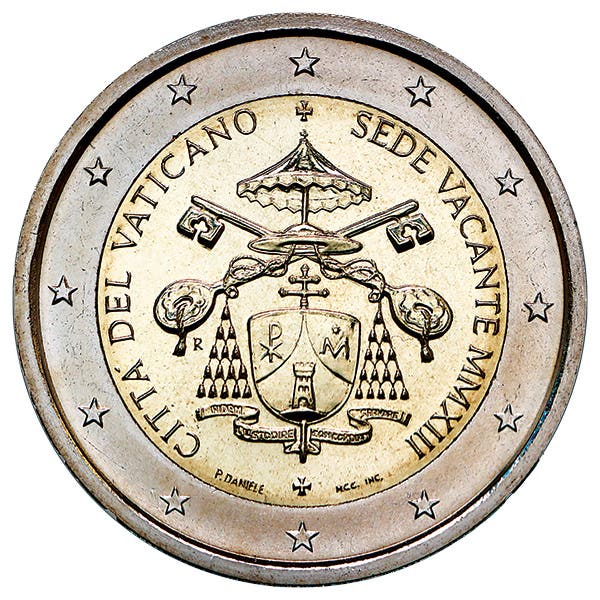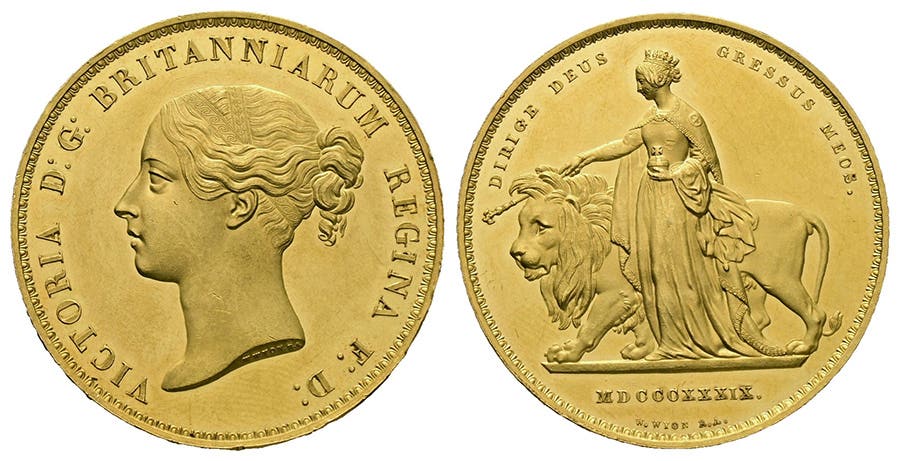Coins Cheaper to Produce
Once again it appears metal coins are about to win when compared to the cost of printing bank notes or have they. Granted, the public isn’t as thrilled as is…
Once again it appears metal coins are about to win when compared to the cost of printing bank notes or have they. Granted, the public isn’t as thrilled as is the Bank of Ghana, but the African nation’s central bank appears poised to replace several bank notes with coins nonetheless.
The Bloomberg financial reporting group recently ranked Ghana’s currency 14th among the top 20 currencies Bloomberg tracks in Africa. The cedi is now considered to be the African currency with the “worst spot returns” after having been dubbed the best performing currency within the first quarter of 2021.
While inflation and interest rates are commanding much of Ghana’s public’s concerns, the Bank of Ghana has begun withdrawing the 1- and 2-cedi bank notes in favor of coins of the same values. The public perception of the coins is that they are bulky and inconvenient compared to paper money versions of the same denominations. Bank of Ghana Governor Ernest Addison sees it differently. He is more concerned with how much it costs to print the bank notes versus the cost of minting the coins and the more durability of the coins for long term use.
The decision has some reasonably high-profile detractors. On Oct. 19 the web site Pulse.com.gh posted, “If cost justification is the one major reason to transition low-denomination bank notes to coins, then one might ask, is this a prudent decision?”
Pulse.com points out the cost of using coins rather than bank notes “could be” very high for both consumers and businesses.
The online article continues, “You could imagine the hurdles a mobile banker or ‘susu’ collector would have to overcome in transporting heavy coins contributed by customers of a financial institution as savings, and the high cost of acquiring coin-handling equipment by institutions and businesses in a bid to adjust.”
Pulse.com refers to a US study by the National Association of Convenience Stores that suggests counting 1-cent coins can add 2.5 seconds to each transaction, “revealing how significantly productivity could diminish in the long run.”
The argument continues, “With a strong preference for bank notes, replacing the GH₵ 1- and GH₵ 2-bank notes with coins would reduce and eventually halt transactions involving these denominations and as a consequence, a shift in basic prices of commodities to or towards the least currency note in circulation, the GH₵ 5 note. This would translate to inflation and aggravating the standards of living for citizens.”
Ghana’s bank notes are currently printed on paper. Polymer substrate as a substitute had not been addressed by Addison as an alternative to new coin denominations. Polymer has become an increasingly popular substitute for paper due to its superior durability.
Some opponents to the new coins suggest what has been called a “cash-lite economy” utilizing electronic payment rather than physical cash monetary systems. On November 19 Ghana Finance Minister Ken Ofori-Atta discouraged that idea, announcing the government will begin imposing an electronic transaction levy beginning Feb 1, 2022. The 1.75 percent of value tax on electronic transactions will be imposed on “mobile money payments, bank transfers, merchant payments, and inward remittances,” according to QuartzAfrica.com.
Ofori-Atta said what he called the e-levy will “widen the tax net and rope in the informal sector.” Transaction originators will pay the tax with the exception of inward remittances that will be paid by the recipient. There will be an exemption for transactions up to GH¢100 a day, which is about $16 US.
Ghana’s legal tender coins were issued in denominations of ½, 1, 2½, 5, 10, 20, and 50 pesewas and a 1 cedi between 1967 and 2007. Since 2007 bank notes have been issued in denominations of 1, 2, 5, 10, 20, 50, 100, and 200 cedis. These Ghana cedi notes were exchanged at a rate of 10,000 new cedi notes, the latter of which were devastated by inflation. The Ghana cedi became the highest denominated currency unit issued in Africa at that time, but its purchasing power has since fallen about 20 percent.








